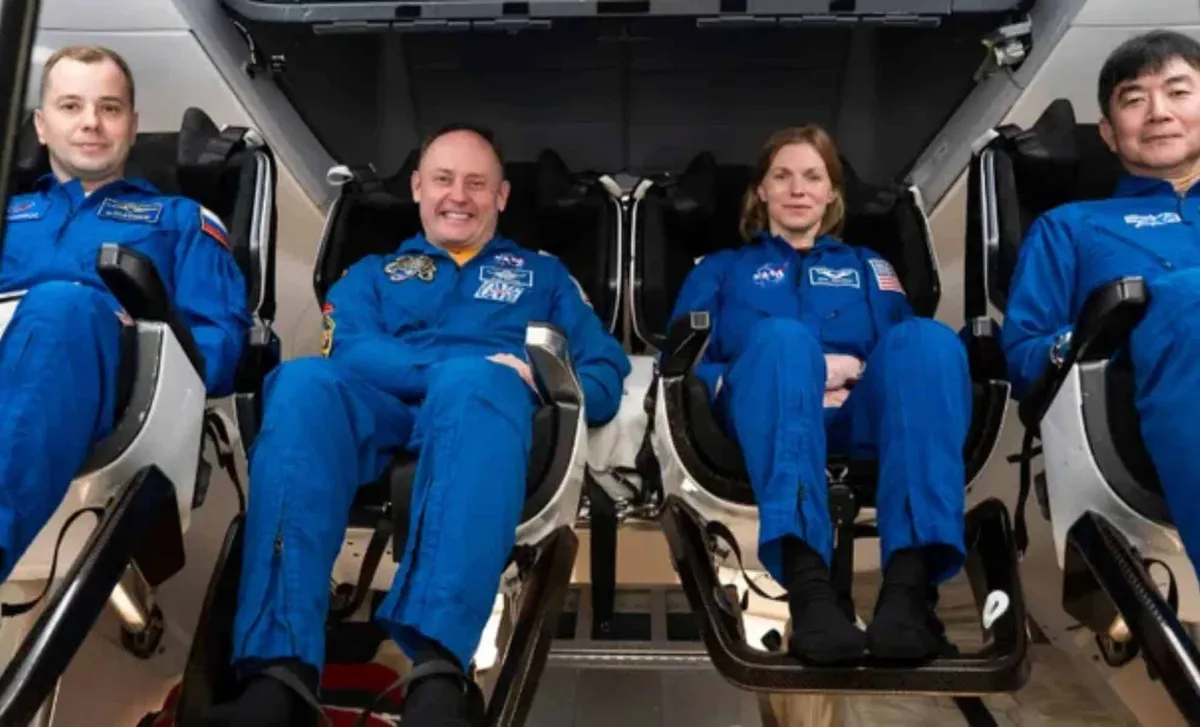
Nasa and SpaceX are preparing for the launch of Crew-11, scheduled for July 31. This mission will transport four astronauts aboard the Crew Dragon Endeavour to the International Space Station (ISS). According to reports from Space.com, the launch will take place from Nasa’s Kennedy Space Center in Florida. This marks the sixth flight of the spacecraft, further establishing its reputation as one of SpaceX’s most reliable crewed vehicles.
This mission will coincide with a significant milestone: 25 consecutive years of human presence aboard the ISS, showcasing the ongoing success of international collaboration in space exploration. The Crew-11 mission not only symbolizes SpaceX's advancements but also honors the dedication of the global space community.
The crew members of Crew-11 embody the international spirit of space exploration. Among them is Zena Cardman, a first-time space traveler, who is eager to explore the vastness of space. She will be joined by Mike Fincke, a seasoned astronaut with a remarkable total of 382 days spent in space. Kimiya Yui, a JAXA astronaut, returns for his second flight after a successful previous mission to the ISS. Completing the diverse team is Oleg Platonov, a cosmonaut from Roscosmos, embarking on his inaugural space journey.
This diverse team will board the Crew Dragon Endeavour, which has established a strong track record of success. As Sarah Walker, SpaceX’s director of Dragon mission management, emphasized: “This Dragon spacecraft has successfully flown 18 crew members representing eight countries to space already, starting with NASA astronauts Bob Behnken and Doug Hurley in 2020.” This achievement marked a historic return of human spaceflight capabilities to the United States following the retirement of the shuttle in July 2011.
The Crew Dragon Endeavour has undergone several upgrades in preparation for this mission, including the integration of drogue 3.1 parachutes. This new system enhances performance during re-entry, demonstrating SpaceX’s ongoing commitment to improving safety and efficiency with every mission.
The launch of Crew-11 is strategically scheduled to align with other upcoming missions to the ISS, resulting in a tight launch and docking window. As Bill Spetch, ISS operations integration manager at NASA, explained: “Providing multiple methods for us to maintain the station altitude is critically important.” This coordination is essential as NASA aims to maximize the use of limited launch resources.
The docking process for Crew-11 will be carefully synchronized with the departure of Crew-10 and the arrival of the upcoming CRS-33 mission, which will supply the ISS. SpaceX’s Falcon 9 rocket has already facilitated numerous missions, including Starlink 12-10 and the private Ax-4 astronaut mission. For Crew-11, the Falcon 9’s first stage, designated B1094, is undergoing its final refurbishment stages to ensure a successful mission.
This meticulous planning and coordination reflect NASA’s exceptional precision and teamwork. The Crew-11 mission will also be the first to utilize the Crew Dragon Endeavour's new parachute upgrades, highlighting SpaceX's commitment to refining its technology for the safety and success of future missions.
As Crew-11 approaches its launch date, it will also mark a historic milestone in space exploration. The ISS is set to celebrate 25 continuous years of human presence in space on November 2. Ken Bowersox, associate administrator of NASA’s Space Operations Mission Directorate, remarked: “That’s going to be a huge milestone.” He added that this achievement is “a great testament to the work of our commercial partners, our international partners, and the whole NASA team.”
The continuous human presence aboard the ISS represents a remarkable accomplishment in collaboration and technological innovation. As Crew-11 embarks on its journey, it will contribute to this enduring legacy of human exploration in space.